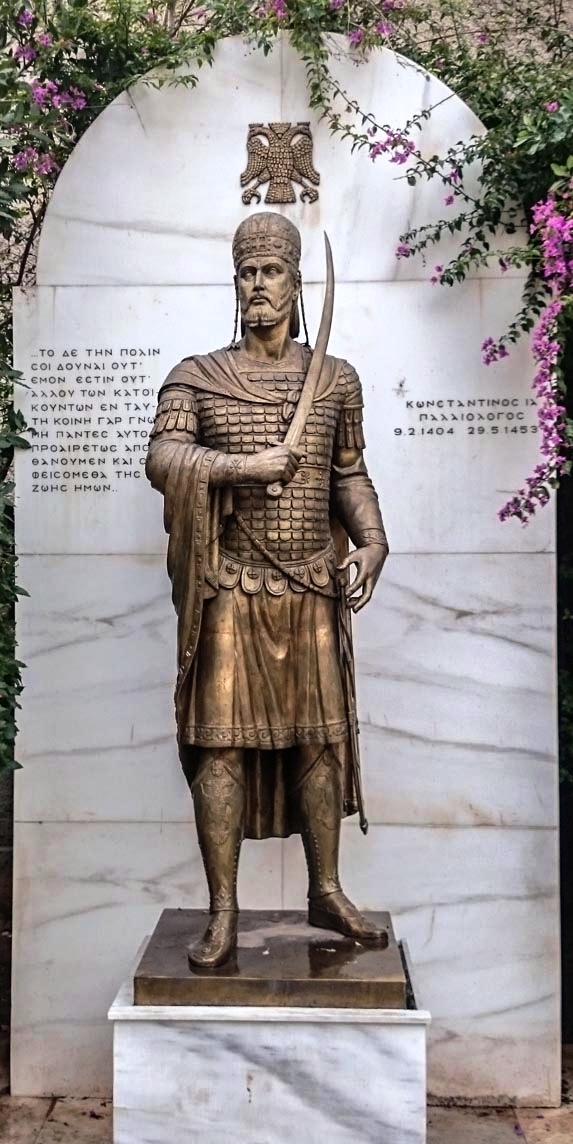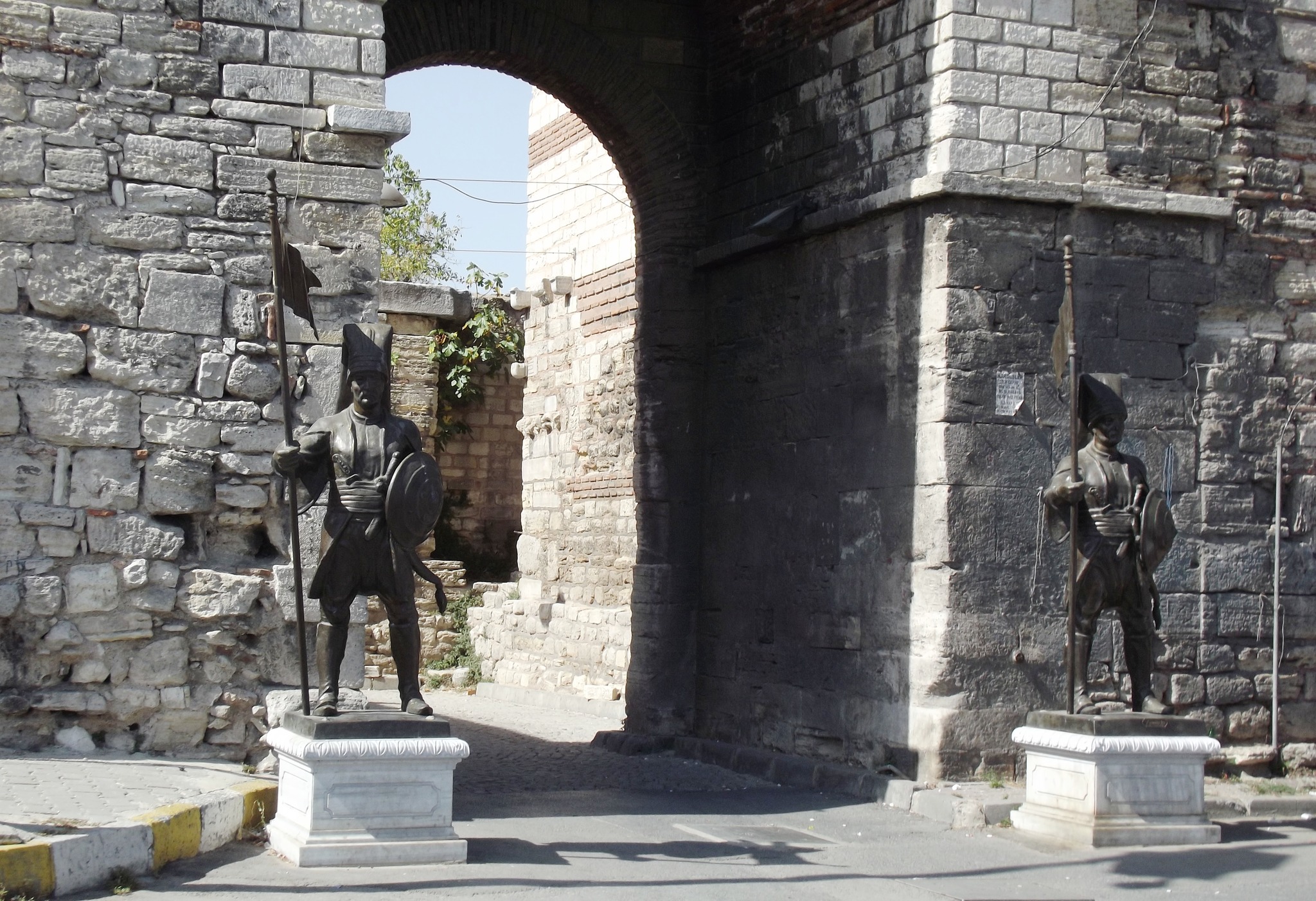The walls of Emperor Theodosius II are an outstanding monument of late Roman fortification art in Constantinople (modern Istanbul, Turkey)
Standing proudly in modern Istanbul, Turkey, the walls of Emperor Theodosius II serve as a testament to the late Roman fortification art and the grandeur of Constantinople. Constructed under the guidance of Flavius Anthemius, the prefect of the praetorium of the East, these walls, spanning an impressive length of 5630 meters, are a remarkable architectural feat.
The construction of the walls took place between 408 and 413 AD, during the reign of Emperor Theodosius II. These formidable fortifications were intended to protect the city of Constantinople from external threats and were designed with both functionality and aesthetics in mind.
Throughout their existence, the walls of Theodosius II experienced several instances of collapse due to powerful earthquakes. The earthquakes of 447, 556, and 740 caused significant damage, leading to the need for repairs and reinforcement. Following the earthquake of 740, a protective ditch was dug in front of the walls to enhance their defense capabilities.
The inner wall, standing at 12 meters in height and 5 meters in width, featured strong towers every 55 meters. These towers, reaching a height of 20 meters, numbered a total of 100 and played a crucial role in fortifying the wall. Additionally, the lower tier of the towers was ingeniously adapted for use as food warehouses, ensuring the self-sufficiency and resilience of the city in times of siege.
The outer city wall, while smaller in height and width compared to the inner wall, still served as an important defensive barrier. With a total of 96 towers, including ten travel towers, the outer wall contributed to the overall fortification system of Constantinople.
One notable section of the wall, known as Mesothichion, spanning 1250 meters in the valley of the Lykos River, proved to be the weakest point in the defense system. It was here that Sultan Mehmed II’s troops focused their efforts during the historic siege of Constantinople in 1453.
Despite the valiant defense, the city fell to the Ottoman forces, marking the end of the Byzantine Empire and the beginning of a new era. The walls of Emperor Theodosius II, though breached, continue to stand as a testament to the enduring spirit and resilience of the Byzantine civilization.
Today, these monumental walls are not only a historical site but also a symbol of the city’s rich past. Visitors can walk along the remnants of this magnificent fortification, immersing themselves in the history and grandeur of Constantinople. The walls of Emperor Theodosius II serve as a reminder of the remarkable engineering prowess and strategic vision of the ancient world, leaving an indelible mark on Istanbul’s cultural heritage.
Hits: 0








